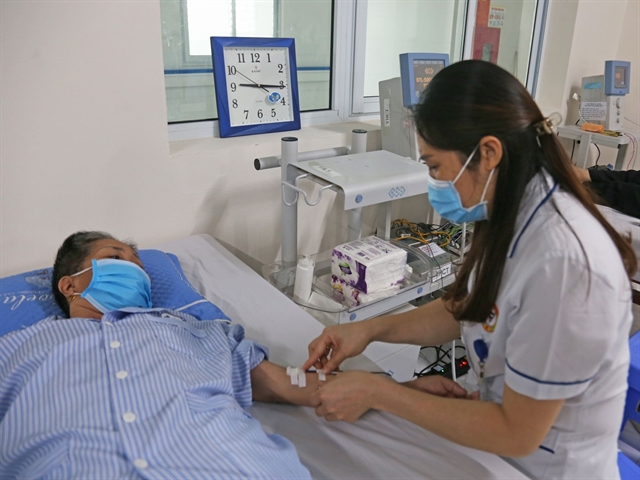In the realm of healthcare, innovation isn’t merely a buzzword; it’s the driving force behind progress, improving patient outcomes, and revolutionizing the way medical professionals deliver care. One area where innovation is particularly transformative is in medical supply technology. From advanced materials to sophisticated logistics systems, these innovations are reshaping the landscape of healthcare, making it more efficient, accessible, and effective than ever before.
The Rise of Advanced Materials
Traditionally, medical supplies were manufactured using conventional materials like rubber, plastic, and metal. While these materials served their purpose, they often came with limitations in terms of durability, flexibility, and compatibility with the human body. However, recent advancements in materials science have led to the development of a new generation of medical supplies made from cutting-edge materials such as biocompatible polymers, nanomaterials, and 3D-printed biomaterials.
Biocompatible polymers, for example, offer the advantage of being compatible with living tissue, reducing the risk of adverse reactions and infections. Nanomaterials, on the other hand, exhibit unique properties such as enhanced strength, conductivity, and drug delivery capabilities, making them ideal for applications ranging from implantable devices to diagnostic tools. Meanwhile, 3D-printed biomaterials enable customization and precision in manufacturing, allowing for patient-specific solutions that were previously unimaginable. To stay informed, read about industry trends and developments in medical supply technology. Explore their page for more insightful articles and updates.
Enhancing Efficiency with Smart Technology
In addition to advanced materials, medical supply technology is leveraging smart technology to enhance efficiency and streamline processes across the healthcare ecosystem. One notable example is the Internet of Things (IoT), which involves connecting medical devices and equipment to the internet to collect and exchange data in real-time. This connectivity enables healthcare providers to monitor patient vital signs remotely, track inventory levels, and even predict equipment failures before they occur.
Furthermore, artificial intelligence (AI) is playing an increasingly important role in optimizing supply chain management and logistics in healthcare. AI-powered algorithms analyze vast amounts of data to identify patterns, forecast demand, and optimize inventory levels, ensuring that medical supplies are always available when and where they are needed. This not only reduces costs but also minimizes waste and improves patient care by preventing stockouts and delays.

Revolutionizing Delivery and Distribution
Another area of innovation in medical supply technology is the delivery and distribution of medical supplies. Traditional distribution networks often suffer from inefficiencies, delays, and errors that can have serious consequences for patient care. However, advancements in logistics technology are revolutionizing the way medical supplies are delivered, making the process faster, more reliable, and more transparent.
One such innovation is blockchain technology, which provides a secure and transparent way to track and trace the movement of medical supplies from manufacturer to end-user. By recording each transaction on a decentralized ledger, blockchain ensures that the entire supply chain is visible and auditable, reducing the risk of counterfeiting, theft, and tampering. Moreover, blockchain enables automatic verification of product authenticity and provenance, giving healthcare providers confidence in the quality and safety of the supplies they receive.
Conclusion
Innovations in medical supply technology are transforming the future of healthcare by improving efficiency, accessibility, and patient outcomes. From advanced materials to smart technology and innovative distribution networks, these advancements are revolutionizing every aspect of the medical supply chain. By embracing these innovations, healthcare providers can ensure that they have the tools and resources they need to deliver high-quality care to patients around the world.

